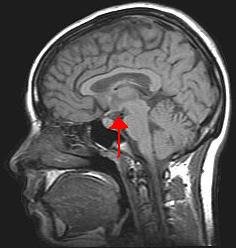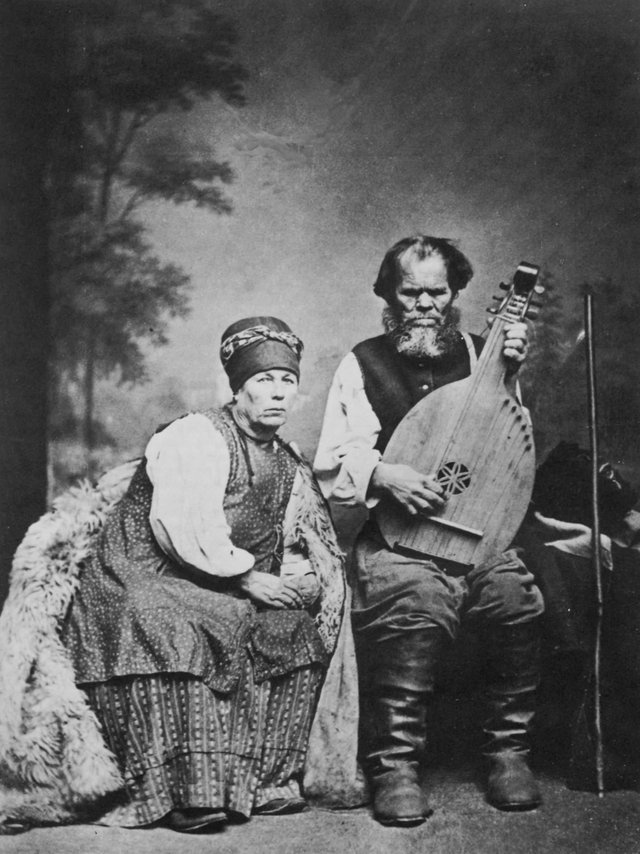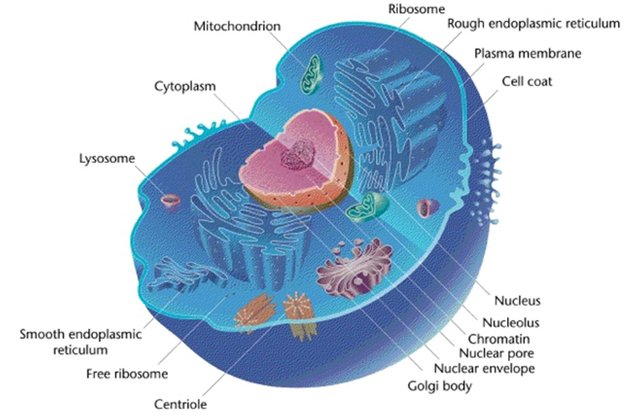Da Vinci Times #17.1
The sense of hunger
A new group of neurons is added to the list of areas of the brain that contribute to creating or inhibiting the sense of hunger. The discovery is made by a group of researchers in Singapore, who noticed a change in eating habits of those who reported damage to the hypothalamus.

Imagine CC0 Creative Commons - Source
The role of the hypothalamus in stimulating the sense of hunger has already been known for some time, but also the role of other areas that are in relationship with the sense of reward / addiction. The area involved in the research is a part of the hypothalamus, and its functions are still little known. The researchers used mice to test the effect of a forced shutdown of the neurons of interest. What has emerged is that, following the inhibition of neurons, the sense of hunger dropped drastically, while it increased when the stimulations became more intense.
X-ray photos
Thanks to a new technique that uses X-rays produced by a particle accelerator, it was possible to restore ancient photographs from the 1800s. It was possible to recover images that were believed to be lost forever.

Imagine CC0 Creative Commons - Source
The researchers used mercury as a tracer. In fact, mercury can bind to the particles of substances that were used to produce a photographic plate (copper, silver, iodine). They then scanned the plates using X-rays, in order to reveal the position occupied by the particles of mercury. The result was surprising: from photographic plates that showed no figure it was possible to recover very clear images. Researchers do not exclude that this technique can be used in the future for restorations of the most famous artwork.
Nucleus and mitochondria
Although it has long been known that in the plant cells, between the nucleus and chloroplasts there is a bi-directional exchange of information, this process has never been observed in animal cells between nucleus and mitochondria. Now, a research published on Cell seems to prove its existence.

Imagine CC0 Creative Commons - Source
The most accepted idea in the past provided for an unidirectional flow of information from the nucleus towards the mitochondrion. But this new work highlights the ability of the organelle to send signals to the nucleus, regulating its activity. This could be essential to continue the research related to diseases that involve the aging of the cell itself, which is characterized by an increase in the intensity of these signals.
Post of the day

Imagine CC BY-SA 3.0 - Source
Apolipoproteins and cholesterol; we often hear about them, in relation to many diseases that today affect the lives of many people. But what are them actually? Which one is responsible for our problems? And above all... Can we really consider them only as “bad guys”? @kingabesh tries to clarify the situation.

Immagine CC0 Creative Commons, si ringrazia @mrazura per il logo ITASTEM.
CLICK HERE AND VOTE FOR DAVINCI.WITNESS
Keep in mind that for organizational reasons it’s necessary to use “steemstem” and “davinci-times” tags to be voted.
@viki.veg - @spaghettiscience - @rscalabrini
Il senso della fame
Un nuovo gruppo di neuroni si aggiunge alla lista delle aree del cervello che contribuiscono a creare o inibire il senso della fame. La scoperta è merito di un gruppo di ricercatori di Singapore, che hanno notato un cambio di abitudini alimentari dei soggetti che hanno riportato danni all’ipotalamo.

Imagine CC0 Creative Commons - Source
Già da tempo è noto il ruolo che ha l’ipotalamo nello stimolo del senso della fame, ma anche di altre zone che hanno a che vedere con il senso della ricompensa/assuefazione. La zona interessata dalla ricerca è una parte dell’ipotalamo le cui funzioni sono ancora poco conosciute. I ricercatori hanno utilizzato dei topi per sperimentare l’effetto di uno spegnimento forzato dei neuroni d’interesse. Quello che è emerso è che, a seguito dell’inibizione dei neuroni, il senso della fame calava drasticamente mentre aumentava quando le stimolazioni si facevano più intense.
Fotografie ai raggi X
Grazie a una nuova tecnica che utilizza i raggi X prodotti da un acceleratore di particelle, è stato possibile restaurare antiche fotografie del 1800. È stato possibile recuperare delle immagini che si credeva fossero perdute per sempre.

Imagine CC0 Creative Commons - Source
I ricercatori hanno utilizzato il mercurio come tracciante. È in grado di legarsi alle particelle delle sostanze che anticamente venivano utilizzate per produrre una lastra fotografica (rame, argento, iodio). Hanno poi effettuato una scansione delle lastre utilizzando raggi X, in modo da rivelare la posizione occupata dalle particelle di mercurio. Il risultato è stato sorprendente: da lastre fotografiche che non mostravano nessuna figura, è stato possibile recuperare immagini molto nitide. I ricercatori non escludono che questa tecnica potrà essere utilizzata in futuro per i restauri delle opere d’arte più famose.
Nucleo e mitocondri
Nonostante sia noto da tempo che, nelle cellule vegetali, tra nucleo e cloroplasto vi sia una scambio di informazioni bidirezionale, questo processo non era mai stato osservato nelle cellule animali tra nucleo e mitocondri. Ora, una ricerca pubblicata su Cell sembra dimostrarne l’esistenza.

Imagine CC0 Creative Commons - Source
L’idea maggiormente accettata in passato prevedeva il flusso unidirezionale di informazione del nucleo verso il mitocondrio. Questo nuovo lavoro, invece, evidenzia la capacità dell’organello di inviare segnali proprio al nucleo, regolandone l’attività. Questo potrebbe risultare fondamentale per proseguire la ricerca legata alle malattie che vedono coinvolto l’invecchiamento della cellula stessa, che si caratterizza per un aumento dell’intensità di questi segnali.
Post del giorno

Imagine CC BY-SA 3.0 - Source
Apolipoproteine e colesterolo; ne sentiamo parlare spesso in relazione a tante patologie che oggi condizionano la vita di molte persone. Ma cosa sono davvero? Chi dei due è il responsabile dei nostri problemi? E soprattutto… Davvero fanno parte dei cattivi? @kingabesh prova a chiarire la situazione.

Immagine CC0 Creative Commons, si ringrazia @mrazura per il logo ITASTEM.
CLICK HERE AND VOTE FOR DAVINCI.WITNESS
Si ricorda che per motivi organizzativi è necessario utilizzare le tag “steemstem” e “davinci-times” per essere votati.
@viki.veg - @spaghettiscience - @rscalabrini
This post has been voted on by the steemstem curation team and voting trail.
There is more to SteemSTEM than just writing posts, check here for some more tips on being a community member. You can also join our discord here to get to know the rest of the community!